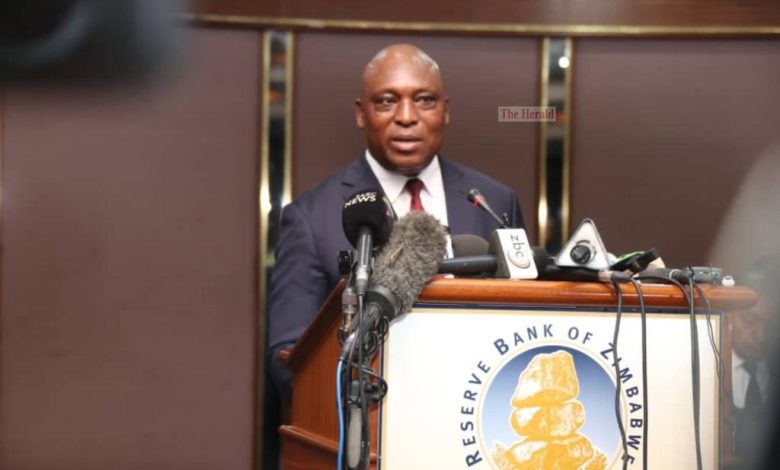ZB Financial Holdings PAT down 45% to $1,06bn
ZB FINANCIAL Holdings (ZBFH) recorded a 45% decline in its profit-after-tax (PAT) to $1,06 billion in 2020, owing to a decline in total income as the economy contracted last year.
The decline in PAT in the group’s inflation-adjusted financial results for 2020 was from a 2019 comparative of $1,93 billion.
According to the World Bank and International Monetary Fund, the economy contracted by 8% last year owing to continued macroeconomic challenges and the effects of COVID-19.
“The group earned $1,405 billion as its share of profits reported by its associate companies for 2020, compared to $1,091 billion in 2019,” ZBFH acting chief executive officer Fanuel Kapanje said in a statement attached to the firm’s 2020 annual financial results.
“The share of profits from associates is largely driven by the revaluation of investment properties which constitute the bulk of the assets at a significant listed investee entity. The group posted a net profit after taxation of $1,065 billion in 2020, representing a 45% decline from the ZW$1,939 billion attained in 2019.”
He said the group recorded a 9% decline in total income from $3,656 billion in 2019 to $3,323 billion last year.
“The revenue performance was mainly underpinned by an 87% decrease in fair value adjustments, from $1.032 billion in 2019 to ZW$0.136 billion in 2020. Banking commissions and fees also fell in real terms by 8%, from $1,242 billion in 2019 to $1,142 billion in 2020, as inflation continued to outpace rate adjustments for commissions and fees,” Kapanje said.
He said net interest income increased by 0,34%, $0,660 billion in 2020 from $0,657 billion in 2019.
“The subdued revenue performance in 2020 was mainly due to the combined effects of low-cost absorption as performance of most economic sectors receded. This was compounded by the freeze on banking fees by the authorities which was necessary to ameliorate the effects of COVID-19 on industry and the general public.”
Operating costs increased by 25% to $2,789 billion in 2020, from $2,222 billion in 2019, largely influenced by a catch-up adjustment on the cost base in tandem with the inflation profile over the past two years.
As a result, the cost to income ratio rose to 84% last year from 61% in 2019.
“The sustainability of the cost base against contracting income levels in real terms continues to be a matter of continued strategic importance for the group,” Kapanje said.
ZBFH’s total assets increased by 21% in real terms to $18,97 billion last year from a 2019 comparative of $15,63 billion. Earning assets increased by 25% to $10 billion, from 2019’s $7,982 billion, and constituted 53% of total assets.
Kapanje said deposits and other related funding account balances grew by 15% to $7,10 billion last year from $6,15 billion in 2019.
“The group maintained a comfortable liquidity margin of safety, with the ratio of liquid assets to customer deposits being above 79% throughout the year against a prescribed ratio of 30%,” he said.
“The group’s total equity increased by 22%, from $6,575bn as at December 31, 2019 to $8,038bn as at December 31, 2020, driven by the positive performance for the year as well as gains on the revaluation of properties and
equipment.”
ZBFH chairman Pamela Chiromo said the group would proceed with cautious optimism in the short to medium term.
“It remains imperative for the group to continuously seek ways to preserve its capital from value erosion occasioned by inflation,” she said.
“Furthermore, the ‘new normal’ brought about by the COVID-19 pandemic has placed increased importance on the need to build digital capacities for customer service delivery in a sustainable and cost-effective manner.”-newsday.clz.











